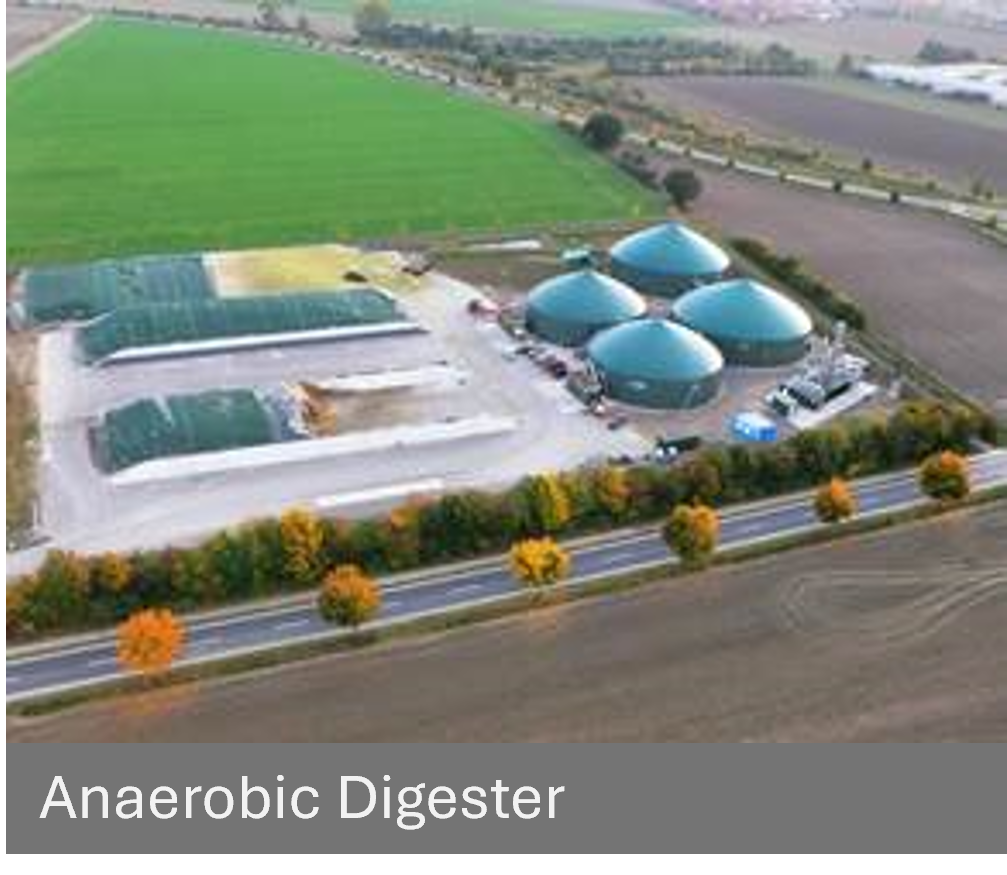TNGB32: Agricultural crops for biogas production - publications
 The New Zealand agricultural sector offers significant potential for bioenergy feedstocks using crops, agricultural residues and horticultural residues – ideal inputs for biogas via anaerobic digestion. This approach is already well-established internationally, particularly in the European Union, where countries like Germany operate over 7,000 on-farm digesters. The value of this infrastructure has been underscored by recent disruptions to external natural gas supplies.
The New Zealand agricultural sector offers significant potential for bioenergy feedstocks using crops, agricultural residues and horticultural residues – ideal inputs for biogas via anaerobic digestion. This approach is already well-established internationally, particularly in the European Union, where countries like Germany operate over 7,000 on-farm digesters. The value of this infrastructure has been underscored by recent disruptions to external natural gas supplies.
New Zealand is even better positioned than the EU to develop domestic energy solutions, with 3.4 times more agricultural land per capita than more densely populated EU nations. Large volumes of export crop residues – beyond what is needed to maintain and sustain soil life and fertility – remain underutilised. Additionally, converting lower-value arable land and a small portion of pastoral grazing land to dedicated biomass crops is more viable in New Zealand than in the EU or USA, where such practices often face criticism for achieving energy supply at the cost of food supply.
In contrast, an objective assessment of the New Zealand context shows that diversification of pastoral or arable land uses can be beneficial to land management while significantly reducing carbon emissions. Long term contracts between growers of biomass and a new sector of rural processors into biofuels and heat energy could also improve income stability for growers.
Importantly, the foundational research required to support this transition has already been completed. Over a decade ago, studies identified the most promising non-woody plant species for biogas production in New Zealand, along with their dry mass yield potential, crop requirements, regional suitability, biomass storage options and energy potential per hectare.
The key primary research papers, reports and presentations on biomass crops for biogas production in New Zealand are listed in this Technical Note – first as formal citations, each followed by downloadable PDFs in the Bioenergy Association Bioenergy Knowledge Centre (BKC).
Click here to read the full document.